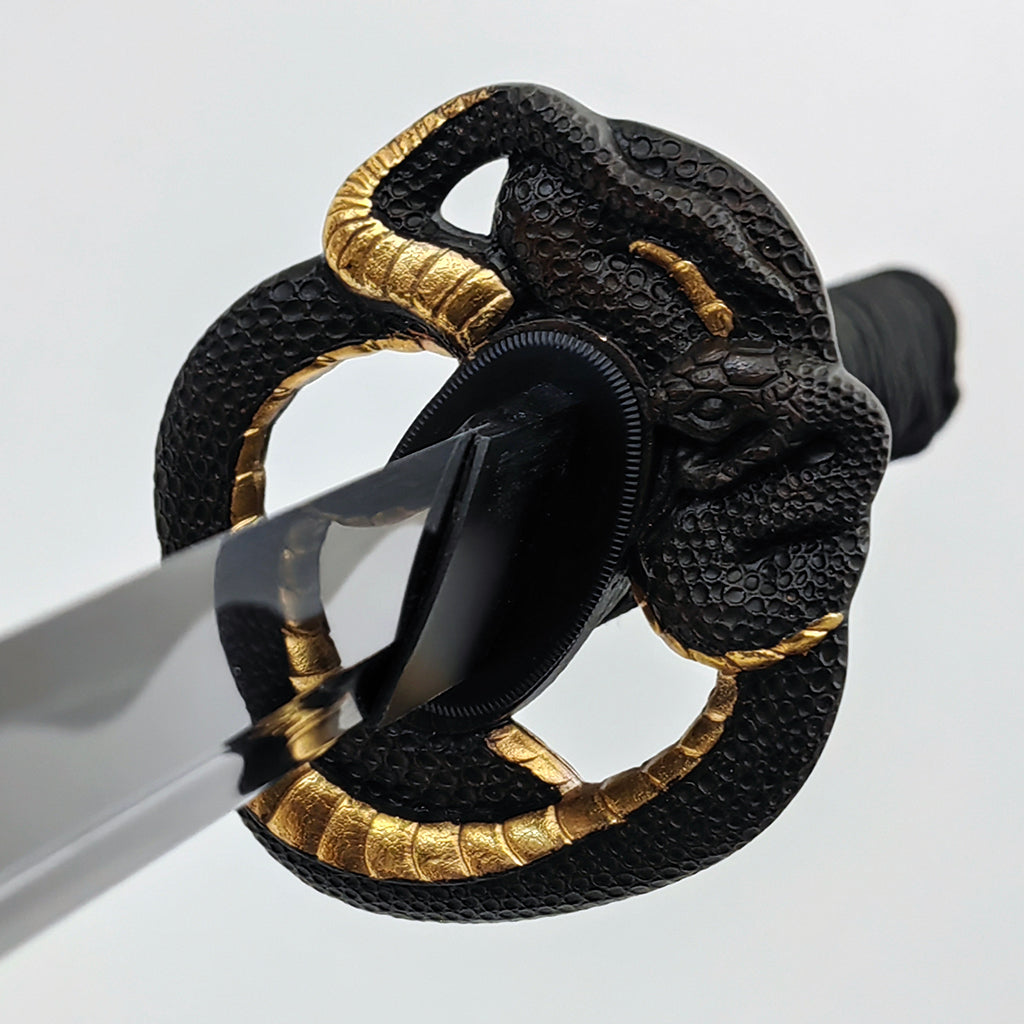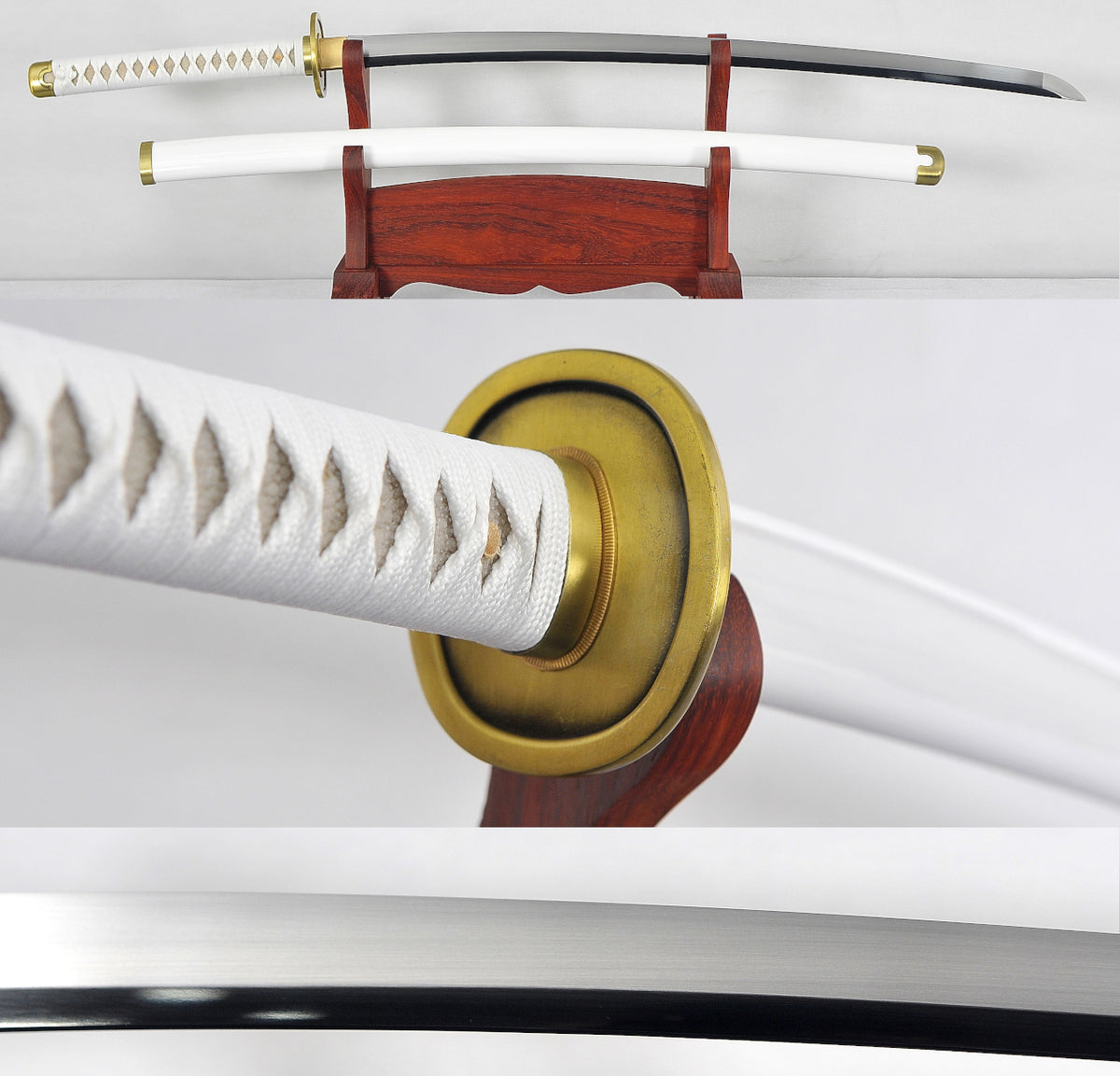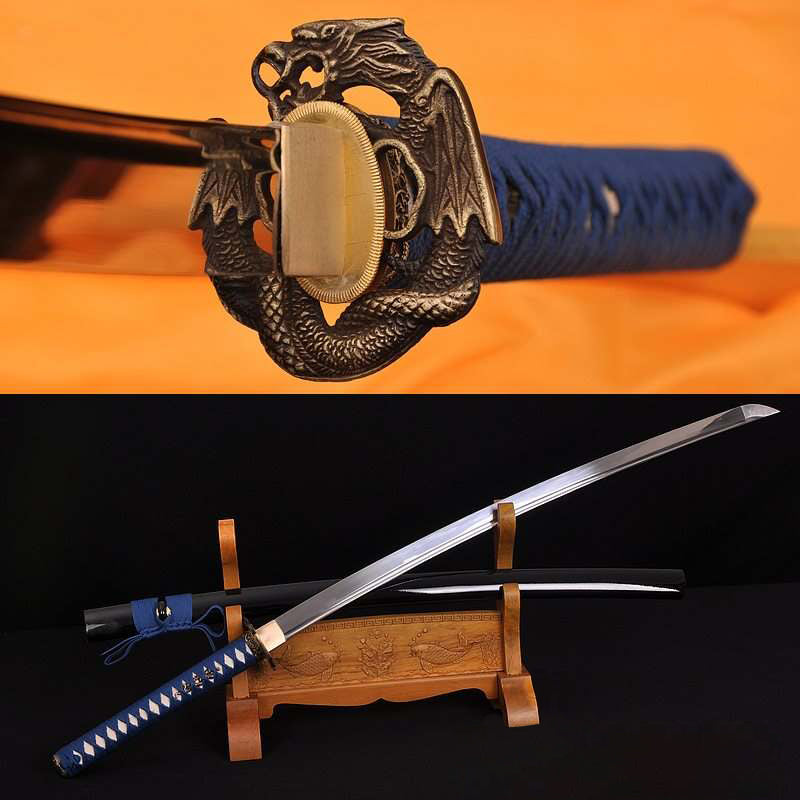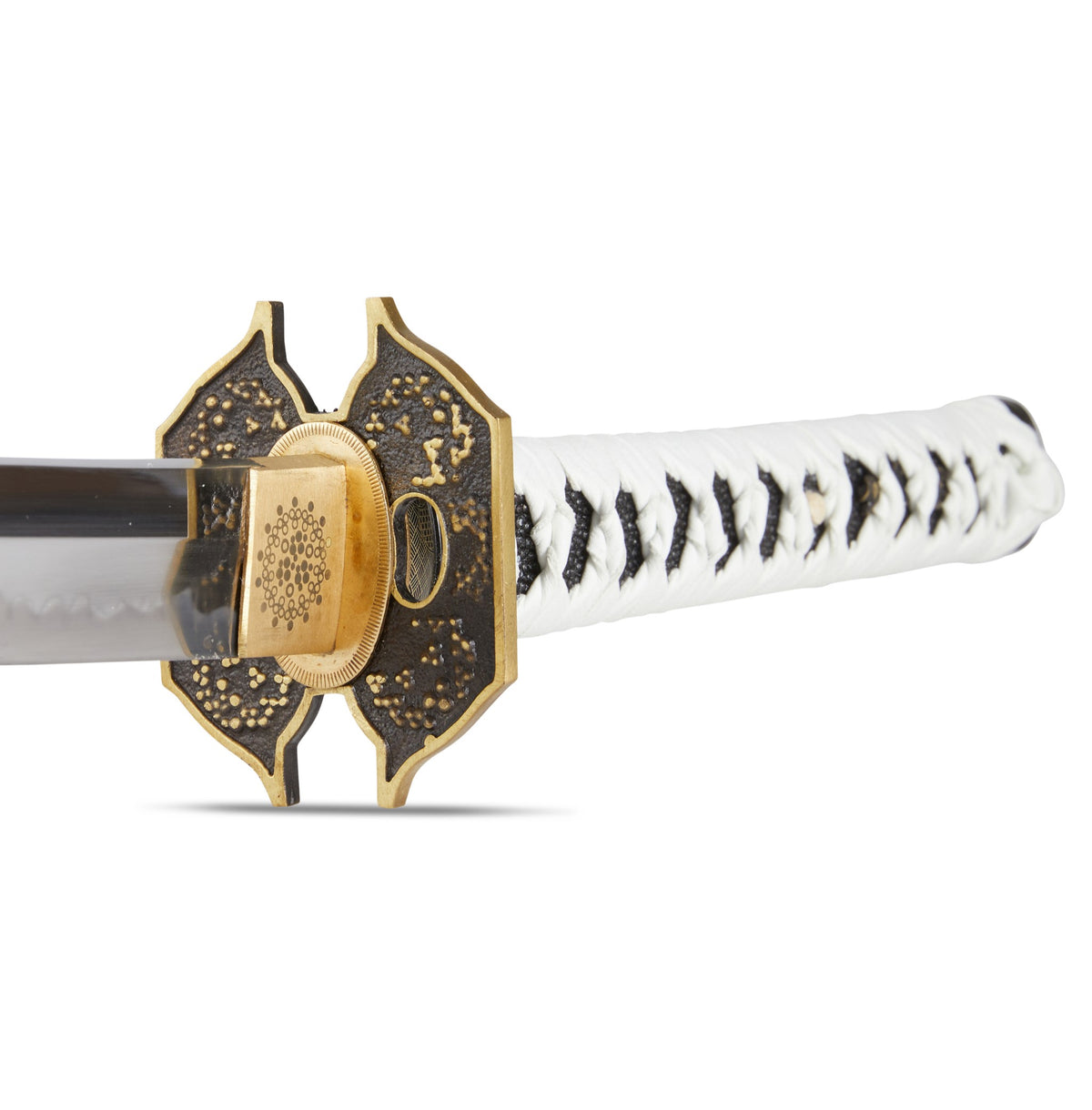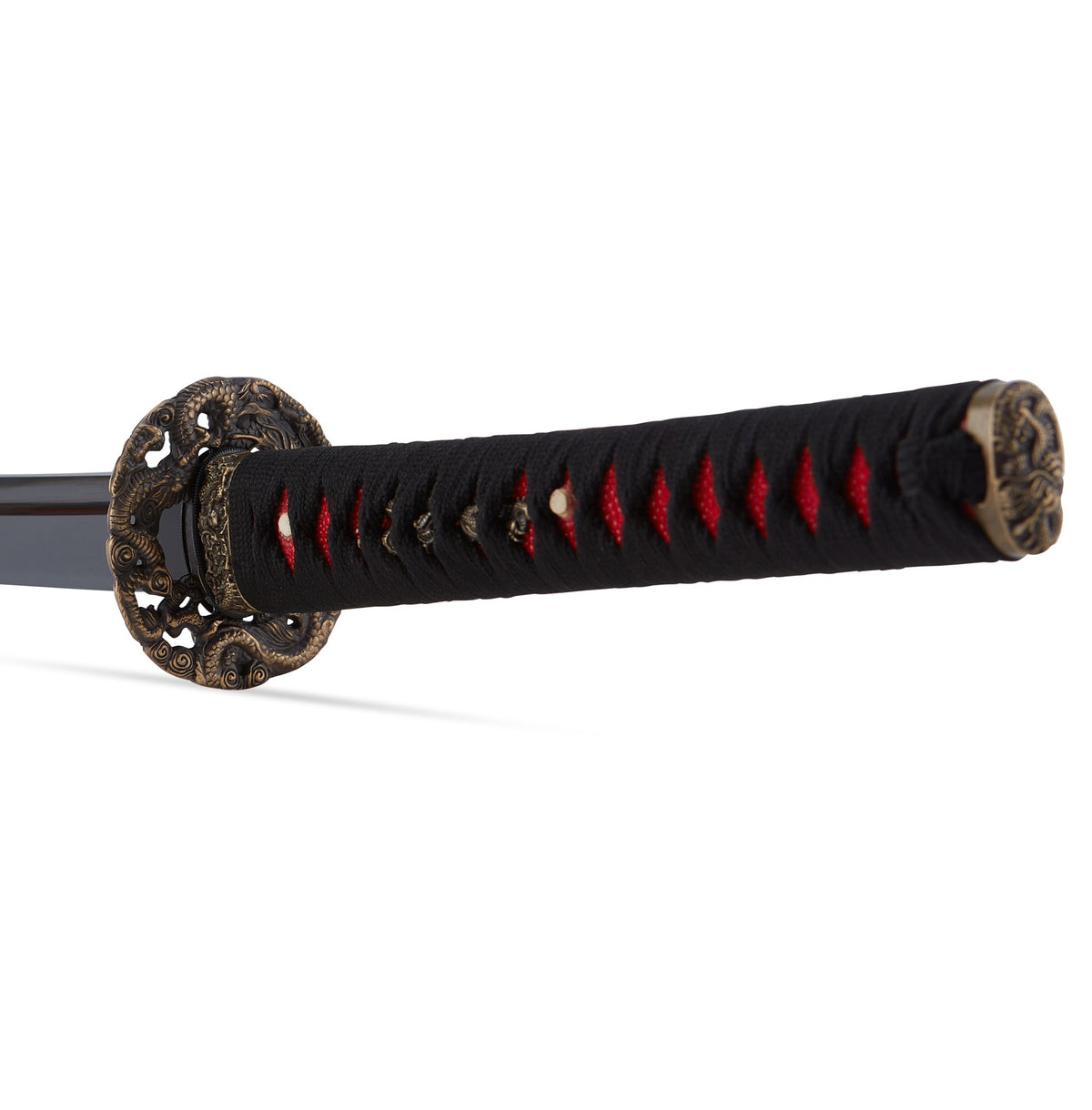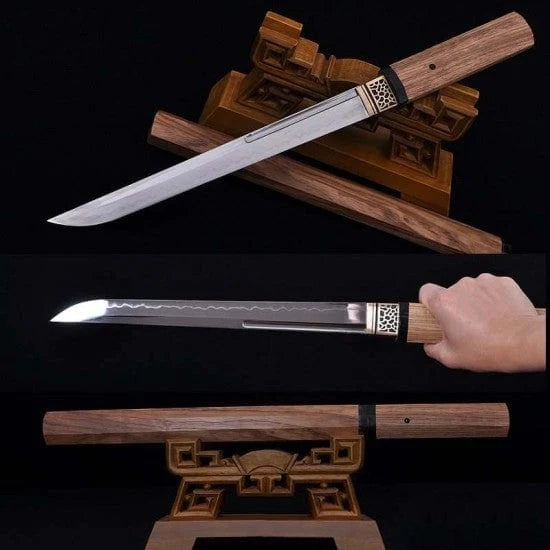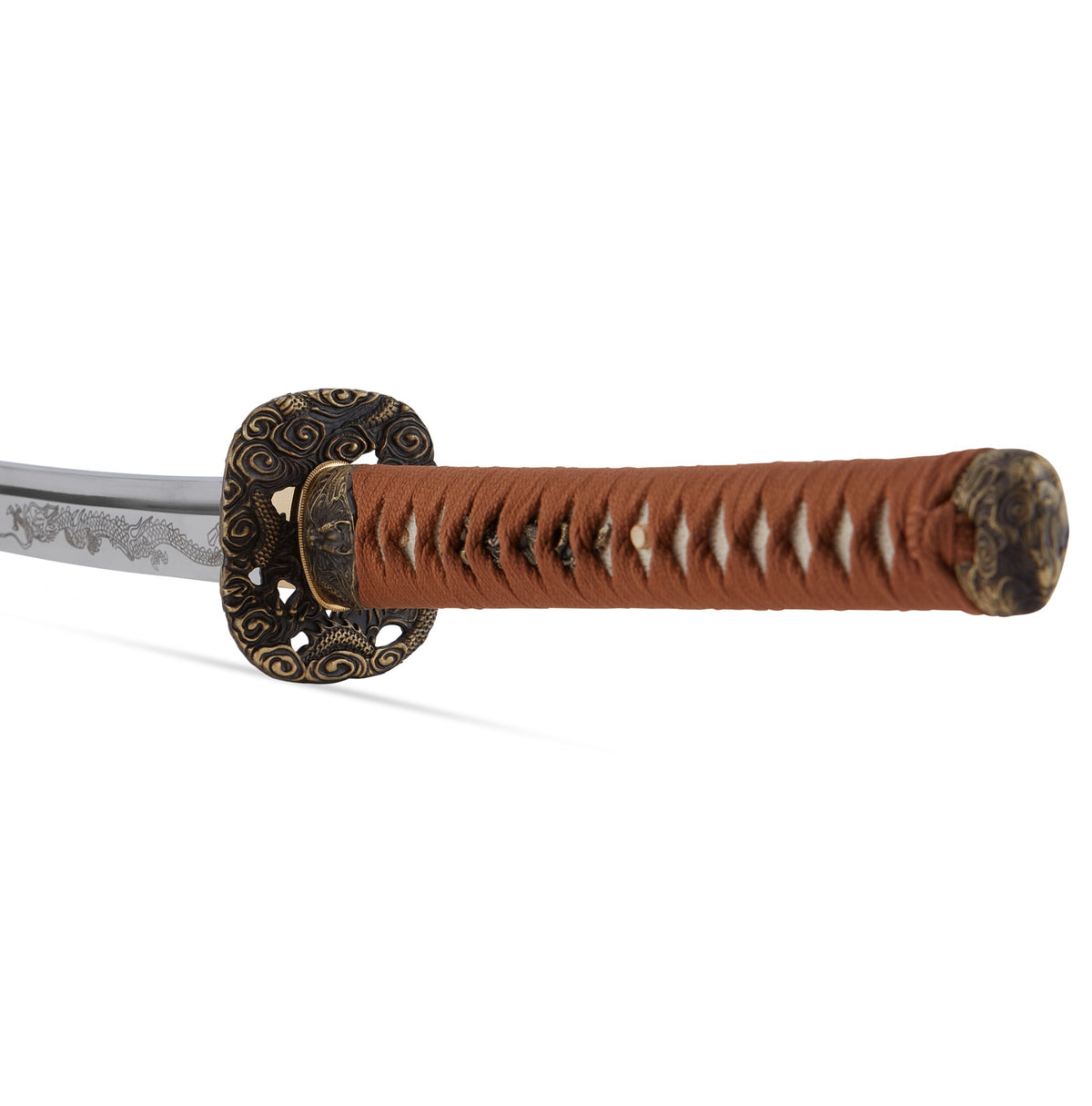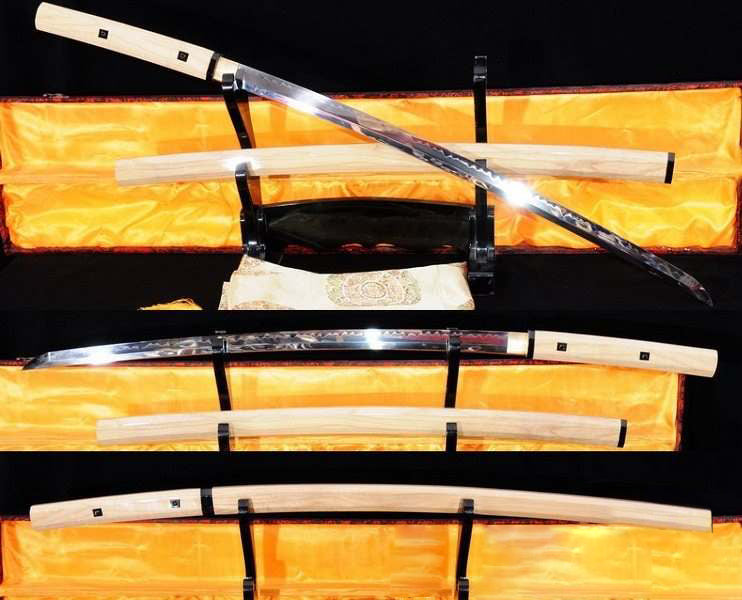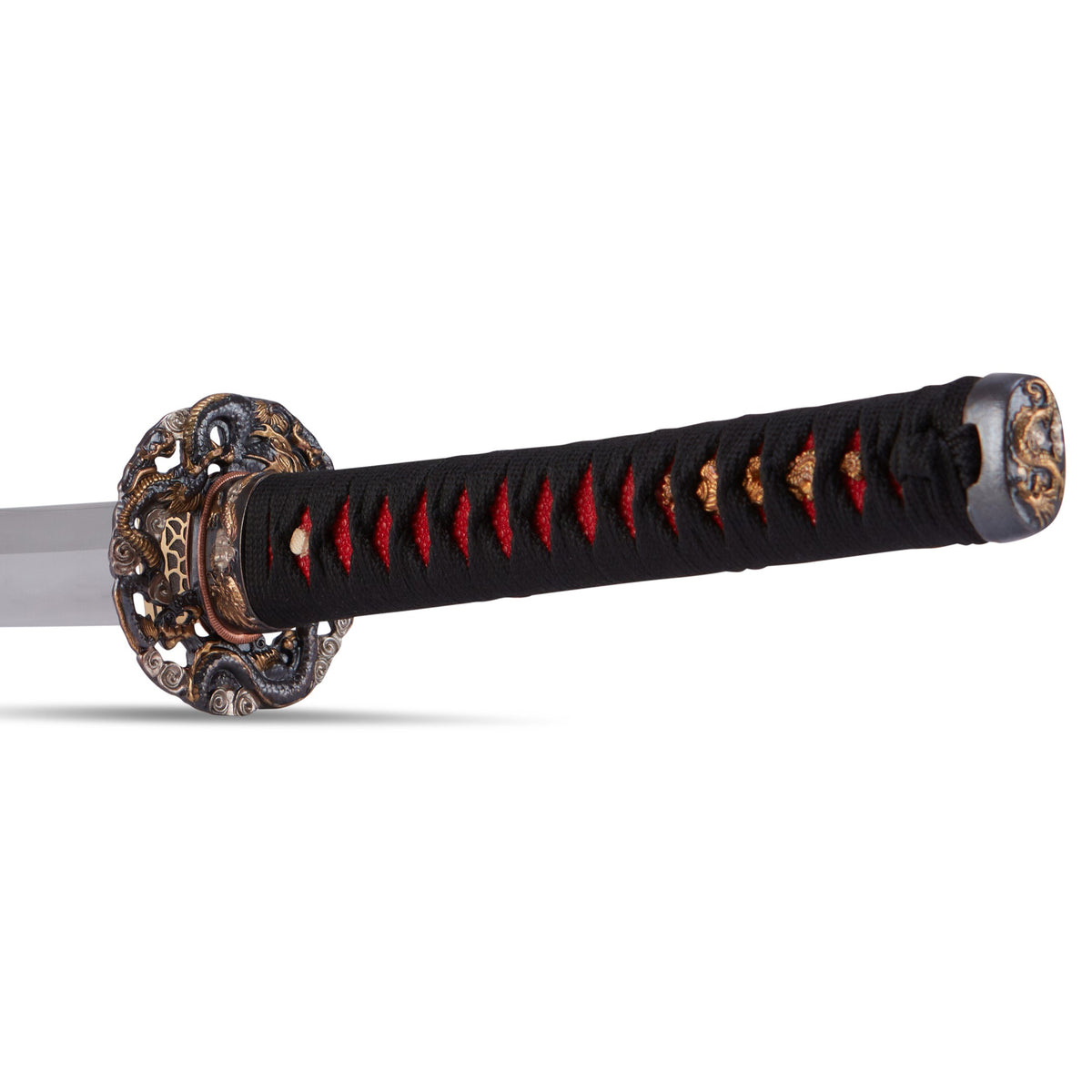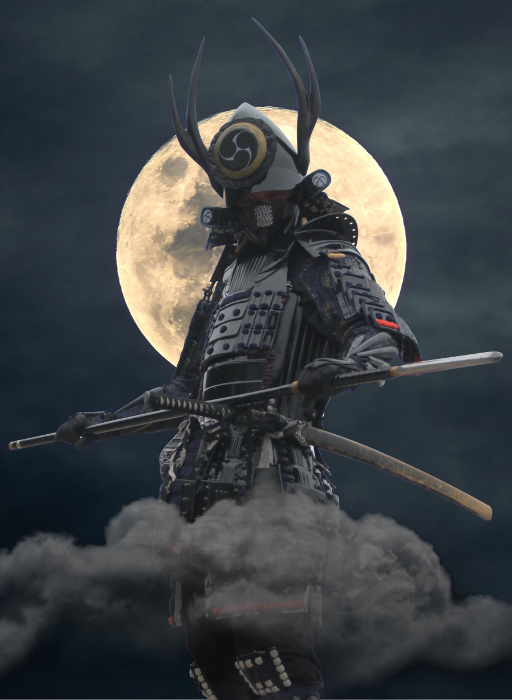Samurai Districts to Tour in Japan
Japan, a country rich in history and tradition, offers a unique glimpse into the world of the samurai, the esteemed warrior class that shaped the nation's destiny for centuries. While the era of samurai officially ended in the late 19th century, their legacy is preserved in several former samurai districts across Japan.
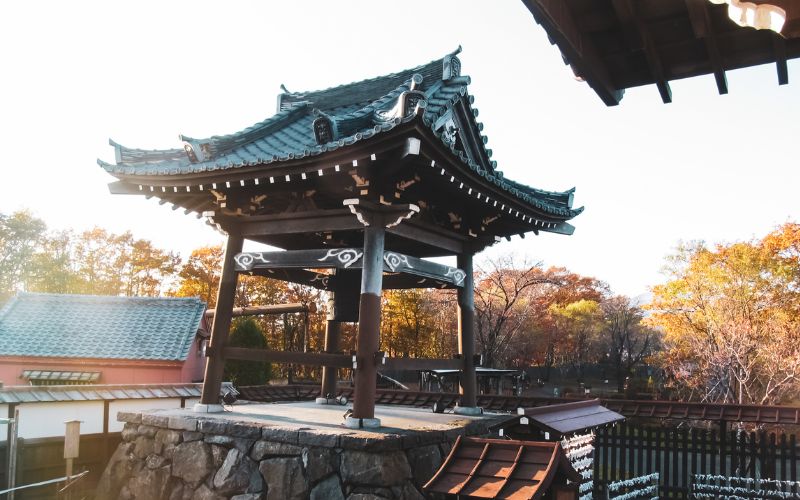
Experience Samurai Culture in Japan by Visiting These Districts
These districts, with their well-preserved residences, cobblestone streets, and serene gardens, offer a window into the life and times of these legendary warriors. Here is a guide to some of the best former samurai districts in Japan that are a must-visit for history buffs and culture enthusiasts alike.
1. Kakunodate, Akita Prefecture
Often referred to as the "Little Kyoto of Tohoku," Kakunodate is renowned for its beautifully preserved samurai district. Established in 1620, this district still retains about 80 traditional samurai houses, many of which have been converted into museums, galleries, and cafes.
The Aoyagi House is particularly noteworthy, offering an extensive collection of samurai artifacts, armor, and weapons like the famous katana swords. The cherry blossom season in spring transforms Kakunodate into a picturesque scene, with ancient samurai residences framed by blooming sakura trees.
2. Kanazawa, Ishikawa Prefecture
Kanazawa's Nagamachi samurai district transports visitors back to the Edo period with its earthen walls, narrow lanes, and water canals. Once home to the samurai of the powerful Maeda clan, Nagamachi has several attractions, including the Nomura Clan Samurai House, which features a stunning Japanese garden and a collection of artifacts that showcase the lifestyle of a samurai family.
The district's atmosphere is particularly evocative in the early morning or at dusk, when the lanterns are lit, and the streets are quiet.
3. Hagi, Yamaguchi Prefecture
Hagi played a crucial role in the Meiji Restoration and is known for its well-preserved samurai district. The city was a stronghold for the Choshu clan, whose samurai were instrumental in overthrowing the Tokugawa shogunate.
Visitors can explore the Kikuya family residence, a wealthy merchant family closely associated with the samurai class, and the Shoka Sonjuku academy, where many notable samurai studied. Walking through Hagi's samurai district, with its traditional houses and stone walls, feels like stepping back into a pivotal moment in Japanese history.
4. Matsue, Shimane Prefecture
Matsue's Bukeyashiki (samurai residence) area is known for its well-preserved samurai homes, including the Matsue Samurai Residence, which dates back over 270 years.
This residence offers a rare look into the daily life of a middle-ranking samurai family, with its original architecture, garden, and living quarters meticulously maintained. Matsue also boasts the Matsue Castle, one of the few original castles in Japan, providing a comprehensive view of samurai culture and architecture.
5. Aizuwakamatsu, Fukushima Prefecture
Aizuwakamatsu is famous for its samurai spirit, epitomized by the tragic story of the Byakkotai (White Tiger Corps), a group of young samurai who fought and perished in the Boshin War. The Sazaedo Temple and the graves of the Byakkotai are poignant reminders of their sacrifice.
The Aizu Bukeyashiki, the residence of a high-ranking samurai, has been restored and serves as a museum, offering insights into the life of samurai families in the turbulent final days of the samurai era.
6. Obi, Miyazaki Prefecture
Obi, known as "Little Kyoto" of Kyushu, offers a less crowded but equally fascinating samurai experience. The district's history dates back to the 16th century, and it served as the seat of the Ito clan.
Visitors can explore the Obi Castle ruins, several well-preserved samurai residences, and beautiful gardens. The area also hosts the Obi Matsuri in October, a festival that features samurai parades and traditional performances.
Touring these former samurai districts offers a deep dive into Japan's rich history and cultural heritage. Each district tells its own unique story of the samurai who lived, loved, and fought during Japan's feudal era.
Beyond the historical significance, these districts also showcase the timeless beauty of Japanese architecture and garden design, making them a must-visit for anyone interested in Japan's past and its enduring influence on the present.
FAQs
Do I need a guide to tour these samurai districts?
While it's possible to explore these districts on your own, hiring a guide can enrich your experience with detailed historical insights and anecdotes that you might not discover otherwise.
Are there any samurai experiences available in these districts?
Yes, some districts offer samurai experiences, including dressing up in samurai armor, swordsmanship demonstrations, and tea ceremonies in traditional samurai residences.
How accessible are these districts?
Most of these districts are accessible by public transportation from major cities in Japan. However, some may require a short walk or a bus ride from the nearest train station.
Can I take photos in the samurai houses?
Photography rules vary by location. Some houses allow photography in the garden and common areas but not inside the houses. Always check the signage or ask permission before taking photos.
Best Sellers
- Regular Price
- from $199.99
- Sale Price
- from $199.99
- Regular Price
-
- Unit Price
- per
- Regular Price
- from $299.00
- Sale Price
- from $299.00
- Regular Price
-
- Unit Price
- per
- Regular Price
- from $199.00
- Sale Price
- from $199.00
- Regular Price
-
$0.00
- Unit Price
- per
- Regular Price
- from $619.00
- Sale Price
- from $619.00
- Regular Price
-
- Unit Price
- per
- Regular Price
- from $319.00
- Sale Price
- from $319.00
- Regular Price
-
- Unit Price
- per
- Regular Price
- from $249.00
- Sale Price
- from $249.00
- Regular Price
-
- Unit Price
- per
- Regular Price
- from $339.00
- Sale Price
- from $339.00
- Regular Price
-
- Unit Price
- per
- Regular Price
- from $219.00
- Sale Price
- from $219.00
- Regular Price
-
- Unit Price
- per
- Regular Price
- from $364.00
- Sale Price
- from $364.00
- Regular Price
-
- Unit Price
- per
- Regular Price
- from $519.00
- Sale Price
- from $519.00
- Regular Price
-
- Unit Price
- per
